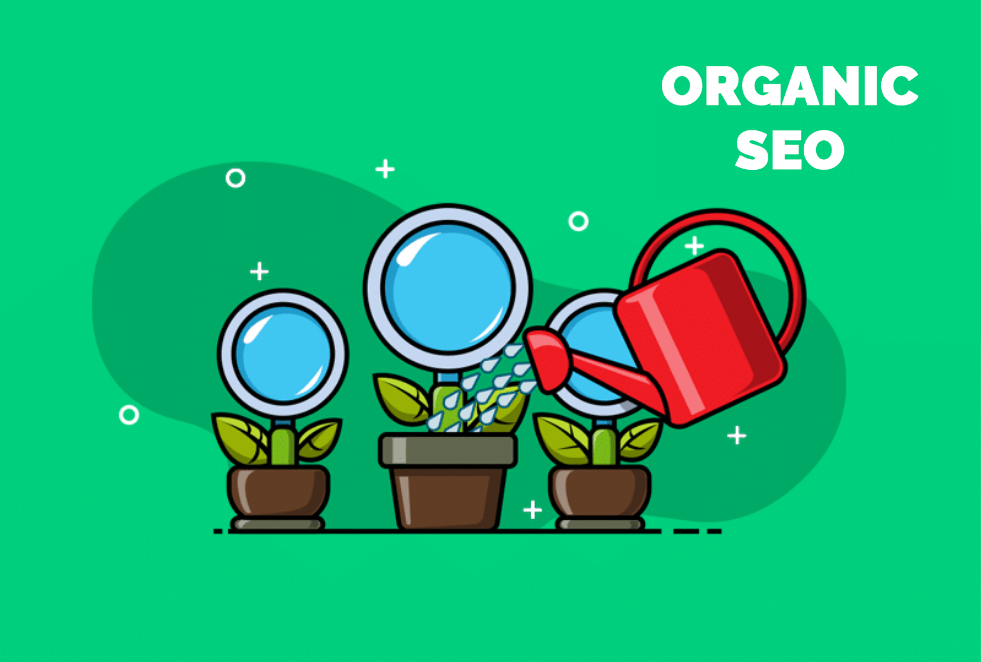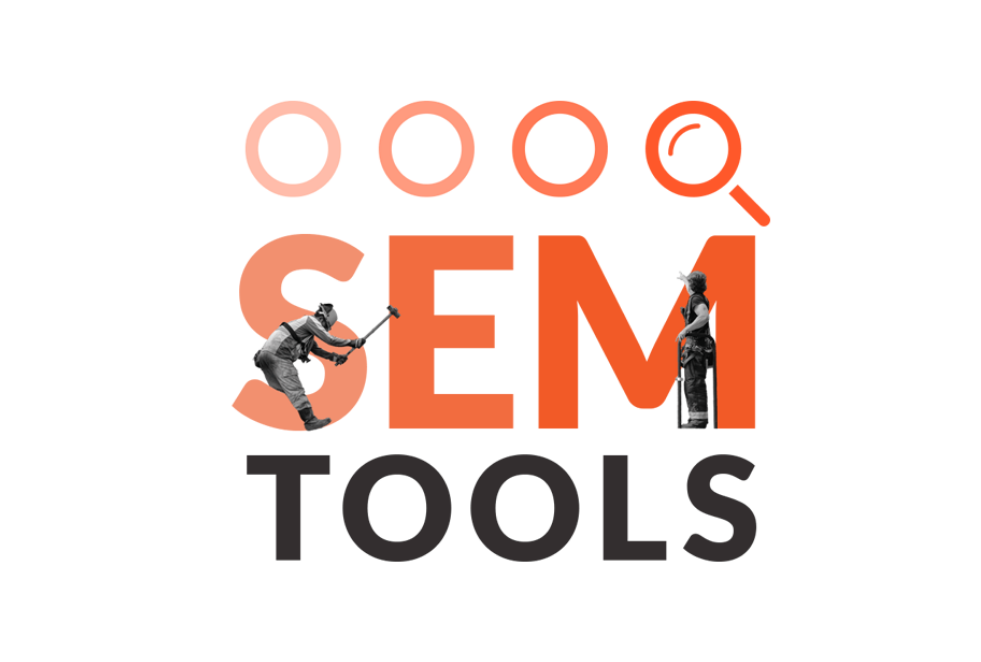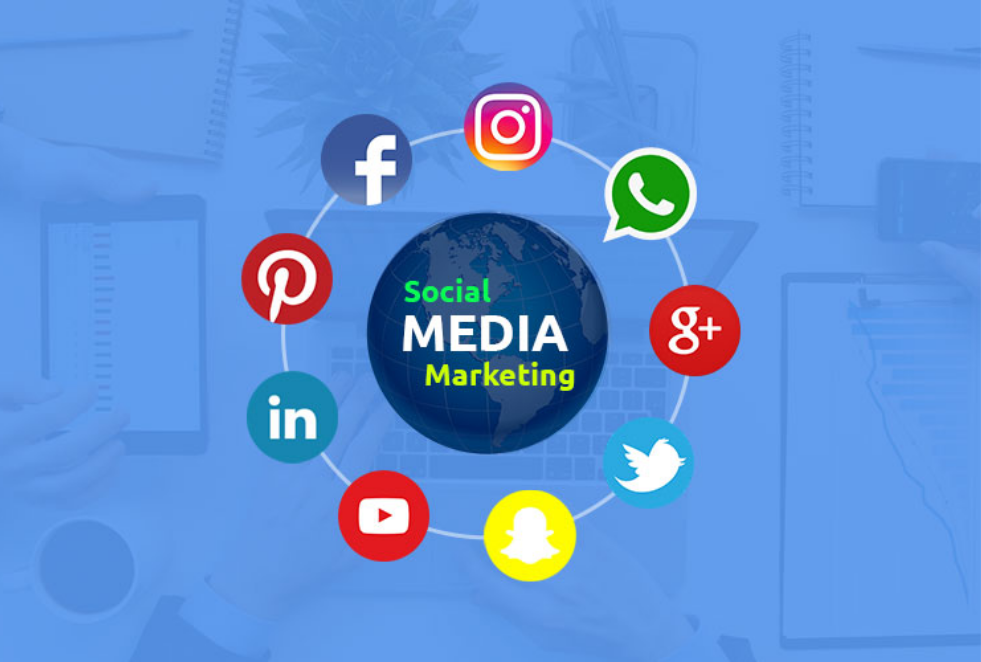Search Engine Marketing (SEM)
Search engine marketing, or SEM, is a type of online marketing that aims to make a website more visible in the search engine results pages (SERPs). Search engine optimization (SEO) and search engine marketing (SEM) overlap in that SEM can include strategies like rewriting the content and structure of a website to get it ranked higher. But most of the time, search engine marketing means paid search or pay-per-click (PPC).

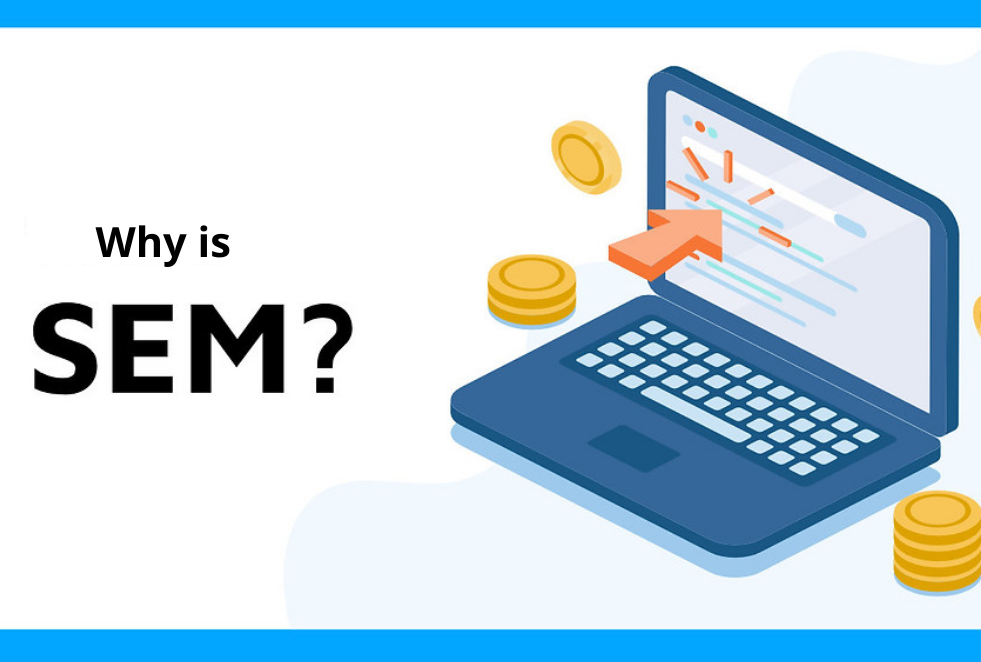
Search engine marketing is an important way for a company to reach more people because more and more people research and buy things online. In fact, most people who visit a website for the first time find it through a search engine. Search engine marketing is a good way for a business to spend its marketing dollars because advertisers only pay for impressions that bring in visitors. As a bonus, each visitor makes the website’s ranking in organic search results a little better. Since people use search engines to find commercial information, they are in a great frame of mind to make a purchase. This is in contrast to sites like social media, where people are not necessarily looking for something.
Search marketing reaches people when they are ready to learn something new, which is the best time to reach them. PPC advertising, on the other hand, doesn’t get in the way of their work like most digital ads do. With SEM, you get results right away. It may be the fastest way to get people to visit a website.
How does SEM work?
To find the most relevant results for each search, search engines use complicated algorithms. Location and any other information that is available are taken into account by these algorithms. In paid search advertising, sponsored ads appear at the top and on the sides of search engine results pages to stand out more than the organic results. Let’s say you are a customer looking for a product or service online. You go to a search engine and put in the words you want to find (also known as keywords).
On the page with your search results, you’ll see ads from companies whose keywords match the ones you used in your search. Along with the other search results that match your keywords, these ads show up in prominent places on the page. Because they are highly relevant to your search, you are more likely to click on the sponsored listings.
Now, let’s look at how SEM campaigns work from the point of view of the marketer. Self-service is how SEM networks work. Once a marketer has chosen a network, it doesn’t take long to set up a campaign.
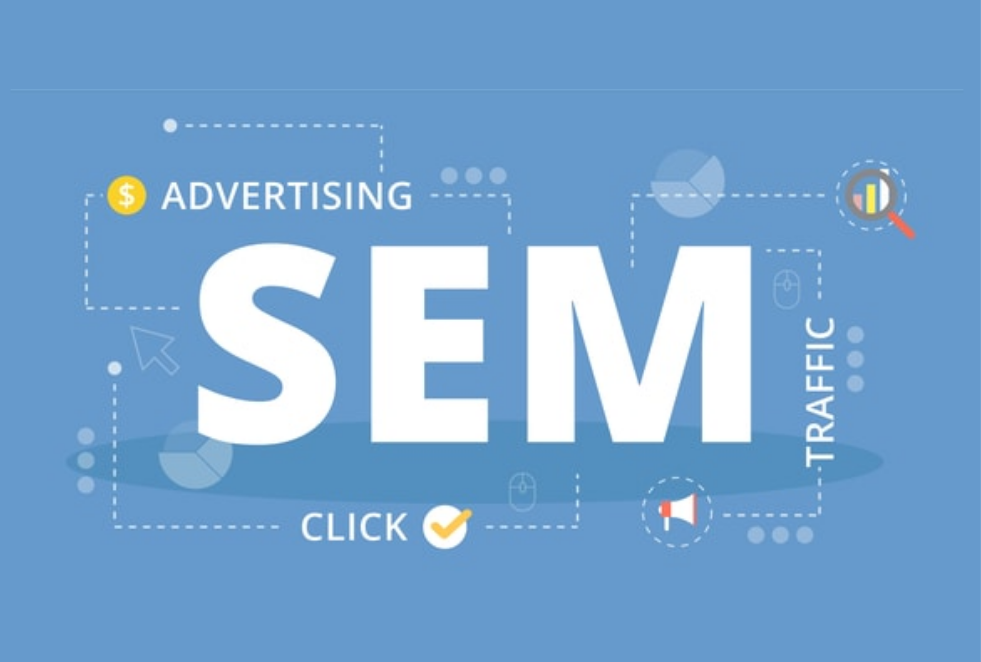
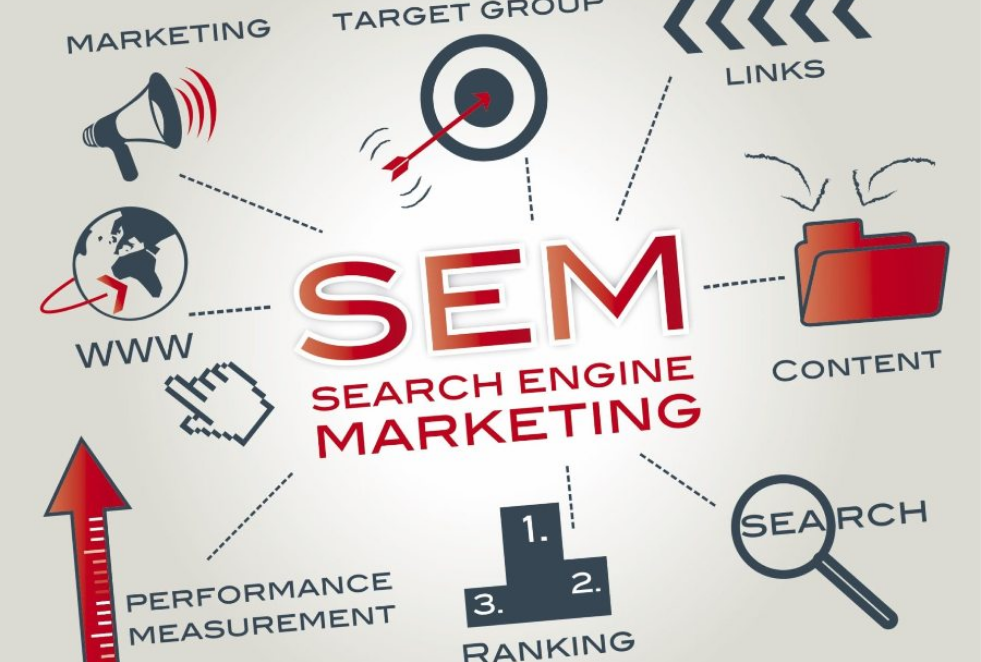
When a marketer sets up a campaign on a SEM network, they are asked to:
- Do keyword research and choose a list of keywords that are related to their site or product.
- Choose a geographical area where the ad will be shown.
- Make a text ad that will show up in the search results.
- Bid on how much they are willing to pay every time someone clicks on their ad.
It’s easy to make ads that only have text. Marketers put in a headline, text for the body of the ad, a call to action, and a URL for the link. Many people think that search engine marketing is the best way to spend money on marketing.
Types of Search Engine Marketing
The following are the popular types of Search Engine Marketing:
Pay per Click (PPC)
Local SEO
Organic SEO
Pay-per-click (PPC)
In the Pay Per Click method of online advertising, the advertiser is charged each time a user clicks on their online ad. It’s also known as Sponsored Ads or Sponsored Search. Paid Search advertisements are a frequent sort of PPC ad that appear next to commercial search results. Pay-per-click adverts appear as a result of commercial queries. PPC advertising also includes display advertising, like banner ads and remarketing.
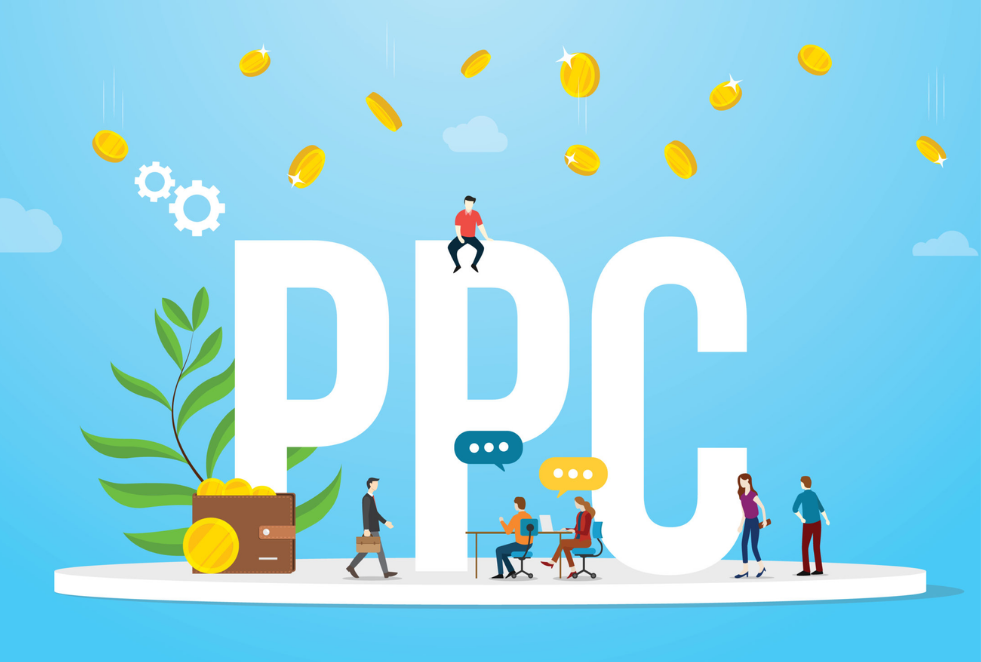
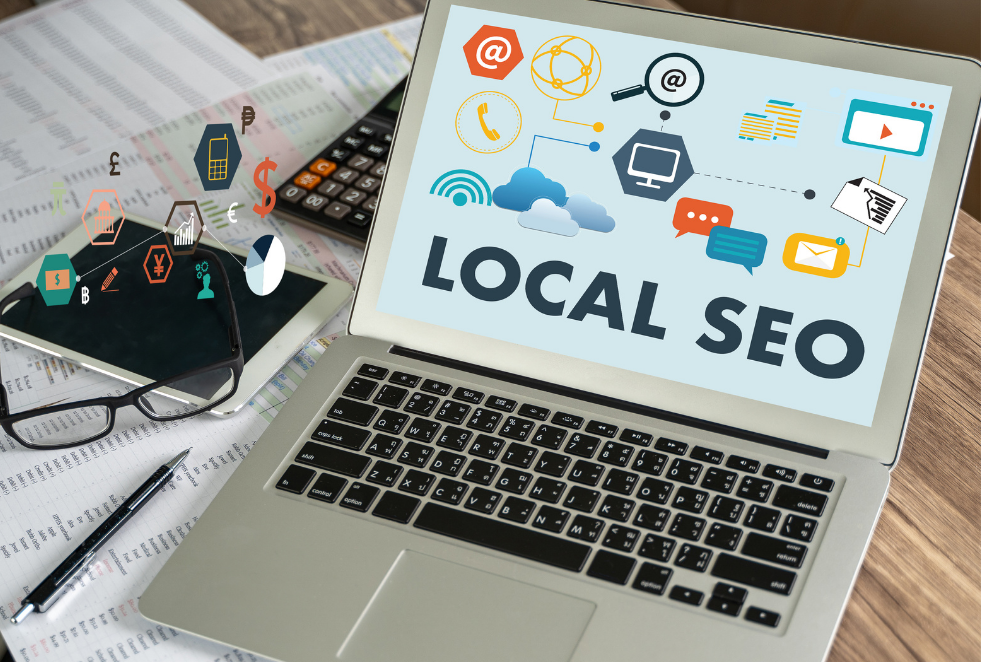
Local SEO
Local search engine optimization is a type of Search Engine Marketing that has to do with geography. Local SEO is an SEO strategy that aims to get your business listed in Google Map results. The goal of local SEO is to make businesses more visible in a certain area. Here, clicks don’t cost anything. Optimizing your online business presence for searches made by people in your area means making sure people can find your business both online and offline. Local SEO includes claiming a business listing, making sure it shows up in Google Maps results, managing online reviews and ratings, interacting on social media, adding location pages, and more.
Organic SEO
The other types of Search Engine Marketing are not the same as organic SEO. Organic SEO tries to get your business to show up in the unpaid, non-local, organic search results by using short strategies like keyword research, building links, etc. The search query has nothing to do with being local. The search is general and doesn’t depend on where you are. Again, clicks to your site don’t cost anything. Paid search results come first, and then organic search results come next. If there are any local search results, the organic search results will sometimes show up below them. They look like blue links, knowledge graphs, or featured snippets that are not blue links.
Benefits of SEO
Increase Brand Awareness
Advertisers can put their brand name in the headline, description, display URL, or extension links of their Google Search Ads. Since these paid search ads often show up at the top of Google search results, they help people know about the brand.
Reach Your Clients Instantly
Paid search ads on Google are called “Search Engine Marketing.” This method is often used as a quick way to get people to know about your products or services. Search Engine Optimization, or SEO, can take a long time to work. Paid search ads, on the other hand, can help you reach your target customers quickly.
Create Geo-Targeted Search Ads
With SEM, you can target people based on where they live. You can make ads in different languages and choose where you want them to show up. You can choose the country, the city, and even a specific region anywhere in the world.
Implement And Manage Ads Easily And Quickly
It’s easy and quick to make and manage paid search ads. You can set a schedule for each of your Google Ads campaigns, and you can start and stop your ads whenever you want. It’s also simple to pick a budget and choose how quickly your campaigns will run. This may help you improve the effectiveness of your adverts and attract more customers to your company more rapidly.
Target The Right Audience Through Optimized Ads
SEM is a great way for businesses to reach customers based on what they are looking for when they search. You can make it so that your ads only show up when people search for words that are related to your products or services. Choosing the right keywords for your ads to show up for helps you make ads that work very well.
Target Audiences Through Keyword Match Types
Google’s Keyword Planner tool lets you find out which search terms people use most often to find your business. You can make sure your campaigns reach the right people by using these specific keywords. Google Ads gives you different ways to match keywords, such as broad match, exact match, and so on. This is how your ads will be shown to users.
Test And Measure Your Performance
Paid search ads give you the chance to test how well your ads work and see how well each campaign is doing. Google Advertising gives detailed information on the most successful advertisements, including impressions, clicks, CTR, top performing keywords, and so on. You may evaluate how well your campaign did based on the goals you set for it and identify what needs to be modified in order to get greater results in the future.
Increase Traffic Through Ad Visibility
Optimized Search Ads can bring relevant traffic to your website because they show up at the top of the Search Engine Result Page (SERP), above the organic results. With the right advertising budget, optimized bidding, and an appealing ad message, you can improve the quality of your ads and make sure that they are seen by the right people and that your website gets visits from people who are interested in them.
Pay Only Per Action
Once your paid search ads have been made, they will show up for free, and you will only have to pay when someone clicks on them. So, search engines give you free exposure and brand awareness, and you only pay when someone clicks on your ad and goes to your landing page.
Appear On Competitors’ Related Keywords
As a best practice for SEM, you should make search ads that show up when people search for keywords related to your competitors. This will make sure that people see you for those keywords and give you the chance to steal customers from your competitors.
Disadvantages of SEM
It’s interruptive
SEM is different from other solutions like native advertising because it involves putting content in the user’s space that they didn’t ask for. In fact, if the person you want to reach has an ad blocker, they might not see your ads.
Higher long-term cost
SEM only works if you pay for it, just to be clear. Even if your campaigns get better over time and your cost per click goes down, you will still have to pay for each visit.
High level of competition
Search Engine Marketing has become popular, and many companies are now competing to be at the top of search engine results for the same keywords. Because of this competition, costs go up and it can be hard to get a good return on investment (ROI)
Search Engine Marketing (SEM) is a marketing approach that combines advertising and search optimization tactics to boost the exposure of a website or business’s content. Search Engine Marketing tasks include making marketing campaigns with competitive keywords, making ads for different situations, and measuring important metrics. By developing or rewriting advertisements with relevant and competitive keywords, SEM encourages high website traffic. This becomes a clearly difficult job. These operations may be carried out more effectively with the aid of SEM technologies. These include the following:
- SEMrush
- Keyword Planner by Google Ads
- Google Trends is a tool that lets you see what people are talking about.
- Keyword Tool by Word Stream
- Editor for Bing Ads
- Super metrics
An effective SEM toolset can help you manage essential aspects of a marketing campaign, such as competition research, keyword research, ad text, landing pages, and reporting, and will help you achieve a higher return on investment.
The Differences Between SEO and SEM
Strategies
The main difference between SEO and SEM is that SEO uses free ways to show up on search engines, while SEM also uses paid ways.
Target audience
You may select who sees your ad in SEM by utilizing age, geography, and gender criteria. This makes it easy for you to reach out to your intended audience.
Search Results
In SEM search results, ads are highlighted, but not in SEO search results.
Cost
Clicks on SEM search results cost money, but clicks on SEO search results cost free.
How do we measure how well SEM works?
Of course, it is dependent on your objectives. A smart search engine marketer will be able to find out what your objectives are and create a strategy to assist you achieve them. Some companies just desire more visitors to their website. Others need to gather more leads as soon as possible. No matter what your objectives are, set at least one conversion target and evaluate all of your online and offline marketing activities against it.
Figure out what your ideal cost per conversion should be and keep making changes to your programmers until you reach your goal range.
Never let your programmers run on autopilot.
FAQs
The different kinds of Search Engine Marketing help you get more people to your website and raise brand awareness. If your product or service is ranked higher, people are more likely to come back to your website or talk about it on social media, which can lead to actual sales.
Contacting Anvil is the best way to get started with search engine marketing. If you’d rather do things yourself or need more information before moving forward, we suggest that you download our free white paper on search engine optimization (SEO) and read our blog on integrated marketing.
Unless your business is based in a cave and your customers are other cavemen, it’s likely that search engine marketing, like search engine optimization (SEO) or pay-per-click (PPC) advertising, will help your business in some way. Search engine marketing can help your bottom line no matter what you want to get out of the Internet: awareness, new employees, strategic partners, investors, leads, or sales. A quick evaluation by experts like Anvil will help make sure the need and fit are clear.
SEM advertising are shown every time a user does a search depending on the results of an automated real-time auction. How and where advertising appear is determined by an advertiser’s bid, the quality of their ads, and the likelihood that a user would click due to ad extensions.
Backscattered electrons (BSE) and secondary electrons (SE) are the two types of signals that are usually picked up by a scanning electron microscope (SEM) (SE).
An SEM image is made by sweeping a beam of electrons that is focused to a few billionths of a meter across the surface of a sample in a series of stacked rows until a complete two-dimensional pattern is made.
The Search Engine Marketing (SEM) consultant is a specialist who runs all paid search marketing campaigns on Google, Bing, and other similar search engines.
Search engine marketing is very easy to track. If your goal is to get people to know about something, you can track “impressions” and “clicks” on both free and paid search engine results. If you want to find out how people feel about a brand or how well a text ad performs, you can measure “click-through” and “conversion” rates. You may monitor online registrations (for newsletters, events, or white papers), downloads (trials or demonstrations), or email queries if your aim is to generate qualified leads. If you want to monitor sales, you may use printed coupons or track phone calls to track online or offline sales.
If you run a business, your online presence is the most important tool you have that works for you around the clock. Your business can benefit from search engine marketing by:
- Your online store’s sales have gone up,
- Increase the number of leads for your professional services company.
- More customers coming into your storefront business,
- Getting people to do more of whatever you want them to do when they visit your website.
Search engine marketing companies are judged based on a few key factors. Here are a few of the most important: number of employees, number of customers, size of clients, client and staff turnover, depth and breadth of service offering, price, proprietary services, industry credibility, client testimonials, success stories, philosophy, and procedure. Look at how visible their clients are compared to how visible they are. “Search engine marketing” is a very competitive term, and those who do well probably have too much time on their hands and not enough clients to keep them busy. Ask for references if they don’t have any success stories or testimonials.
Pay-Per-Click, which is what PPC stands for, is a type of online advertising. SEM stands for “Search Engine Marketing.” It is a catch-all term for any activity that makes it easier for people to find a website through a search engine.

